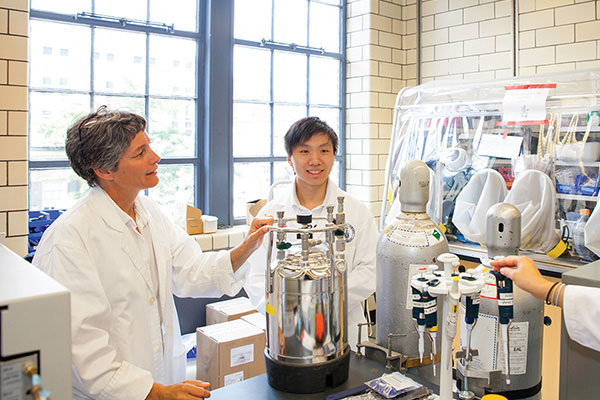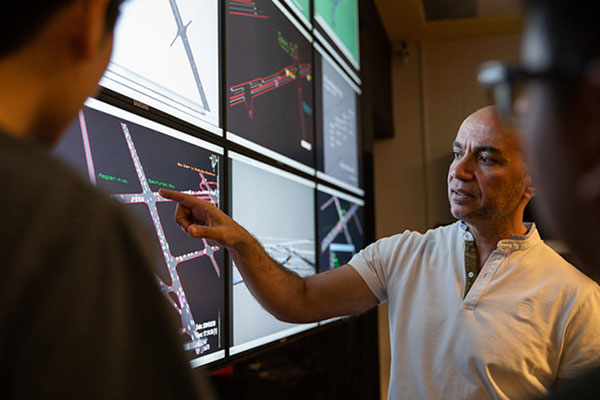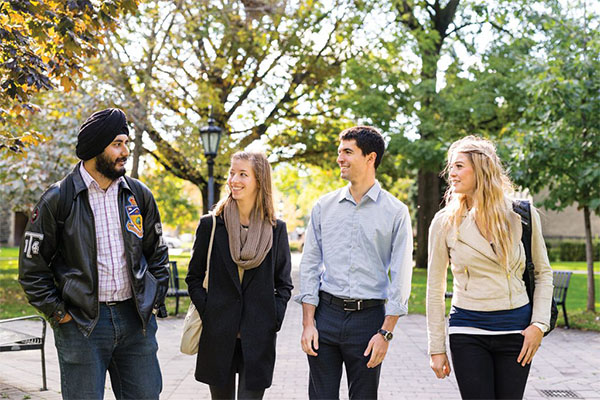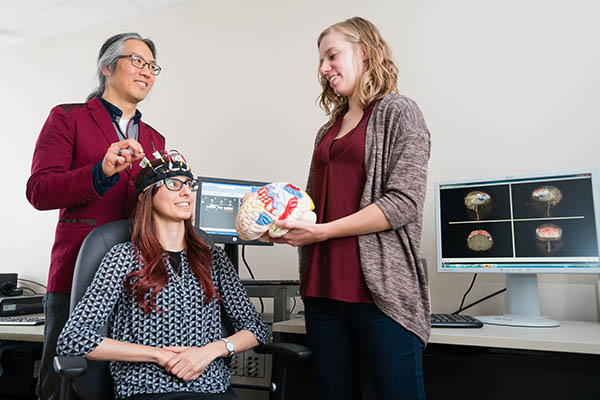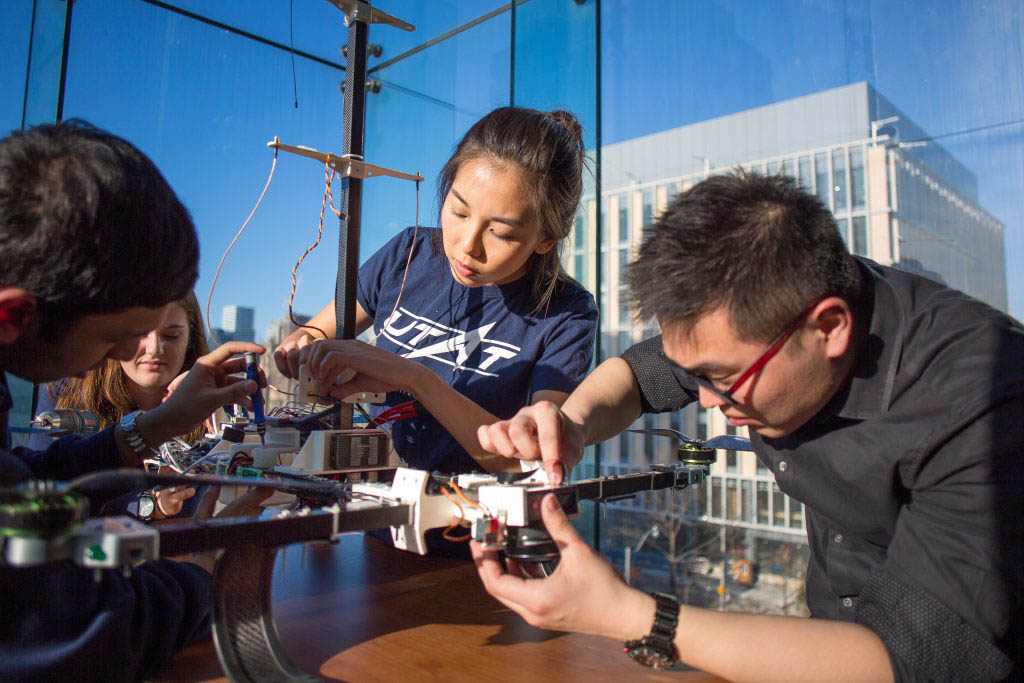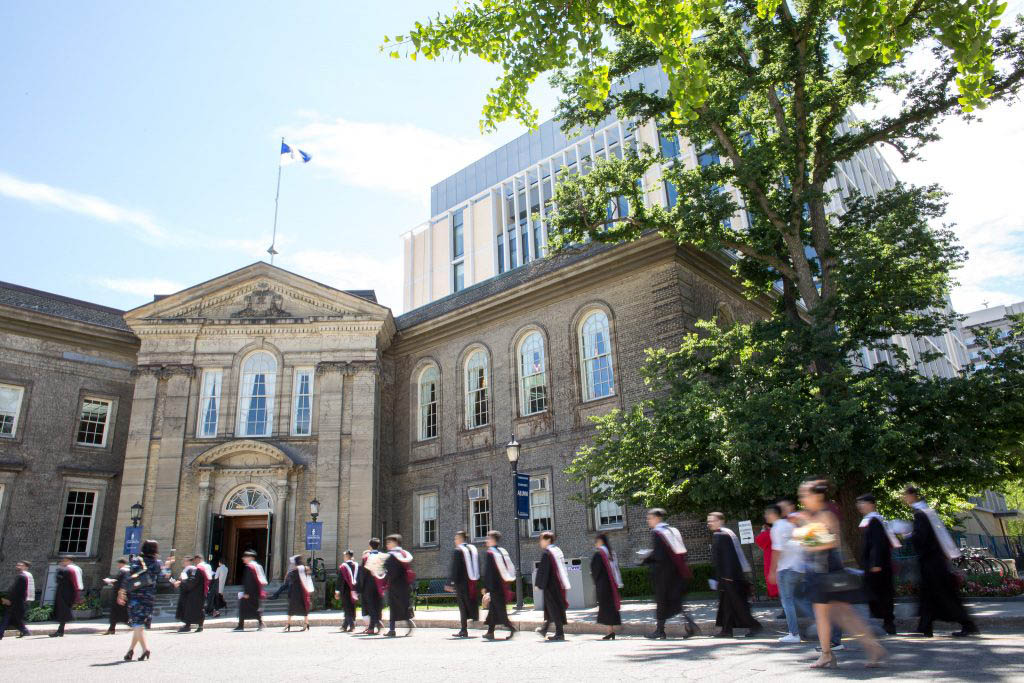Visual working memory (VWM) is a temporary storage system that actively maintains and manipulates visual information.
However, its active nature makes it susceptible to distortions, especially when novel perceptual inputs are introduced during maintenance.
One such distortion is similarity-induced memory bias (SIMB), where memory reports are systematically biased toward novel visual inputs when individuals perceive them as similar to the original memory.
One possible explanation for SIMB is that when a stored memory representation is weak or uncertain, the brain compensates by relying more on external inputs—leading to stronger biases.
To test this, we conducted three experiments integrating behavioral measures, EEG, and multivariate decoding to investigate the relationship between neural fidelity and the magnitude of SIMB.
Nursima Ünver will discuss findings from these experiments, highlighting the role of certainty in shaping memory biases.
These results offer new insights into working memory dynamics and the interplay between internal representations and external sensory information.




